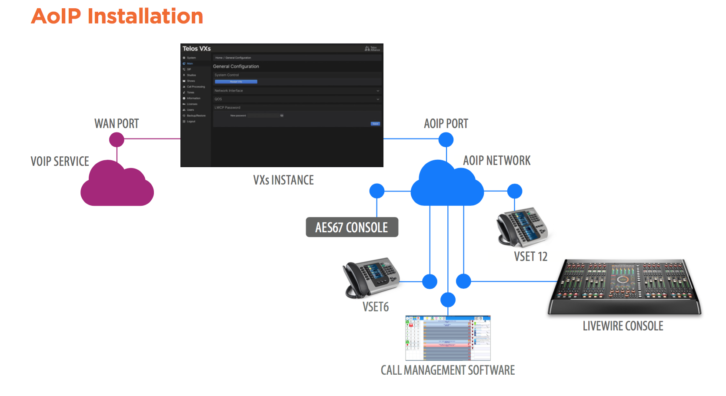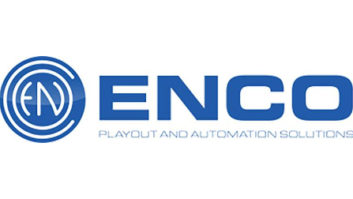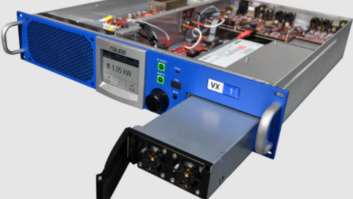Kirk Harnack is a senior solutions consultant at Telos Alliance. He’ll be presenting at this year’s NAB Show, talking about a new form of virtualization. He recently spoke with Radio World about what attendees can expect at his talk and why containerization is worth paying attention to.
Radio World: You’ll give a talk at the 2022 NAB Show about containerization, a term we’ve been hearing a lot but that is still relatively new to many people.

Kirk Harnack: Shipping containers revolutionized the shipping industry; “software containers” are revolutionizing software processes.
Containerized software powers audio mixing, processing and distribution. “Virtualization” has been a buzzword and a partial solution for broadcasters wishing to back up their physical studios and transmitter links. But virtualization can itself introduce extra maintenance and upkeep, as well as some inefficiencies, that have led to hesitation among broadcasters in implementation.
A new form of virtualization is here and proven by nearly a decade of experience. It’s called “software containerization.”
Containerized software is performing the most critical and time-sensitive functions at large organizations like Google, Amazon, Visa, PayPal and MetLife, to name a few. Now, broadcasters are getting the same IT efficiencies from containerized infrastructure such as audio mixing consoles, on-air phone systems, audio processing and virtual broadcast intercoms.
These can be “turned up” quickly, licensed only as needed, and installed with diversity and redundancy without redundant costs.
RW: It looks like Telos Alliance is going all in on this topic, making a big investment of resources to launch an online educational program about it. Why is it worth such effort?
Harnack: We believe that moving business workflow infrastructure to virtualized environments is absolutely inevitable. Most other industries are already well into this transition, some 100 percent so.
Broadcasting has reasons to step carefully in this direction, but also reasons to move ahead. Telos Alliance will continue to make hardware for broadcasters and put innovation into these products. But there is additional flexibility and opportunity for innovation in the virtualized context. We’re offering broadcasters a choice of platforms as they invest in their content creation and infrastructure systems.
[For More News on the NAB Show See Our NAB Show News Page]
RW: Looking forward five years, how will radio workflows be different because of the concepts you’re discussing in this talk?
Harnack: For most broadcasters workflows will be similar to what they’re doing right now, except for this: Some broadcasters will be using the same hardware platforms they’ve been using while others will be accomplishing their work using completely virtualized systems. And these virtual systems will be either on-premise or in the cloud.
So, the workflows for creative minds making good radio and television will be fairly similar. The differences will be behind the scenes. Are audio signals being mixed and processed in boxes labeled with the broadcast manufacturers’ names? Or will those boxes have names like “Dell,” “HP” or “SuperMicro”?
In the latter case, the broadcast functions are taking place in software containers or in virtual machines that are doing the same work found in the manufacturers’ own boxes.

RW: Can you give an example of a misconception or little-known fact about containerization and its role in broadcasting?
Harnack: Other industries think of containerized software as performing “microservices,” and so can broadcasters. In our case, a “microservice” is actually a full-fledged audio console, with 24 faders, mic processing, auto mix-minus and full EQ on every channel. Another microservice would be an FM audio processor, or a scalable intercom system which may be configured for worldwide use over the public internet. The computer code running our broadcast workflow “microservices” is already well-proven in our own compute platforms. Now this code is running on commodity, off-the-shelf servers.
RW: Final thoughts?
Harnack: An extra benefit of performing broadcast functions on commodity hardware is that users can license just the functionality they need. Buy or subscribe to as many or as few telephone hybrids as you need. It’s no longer dictated by the size and cost of rear-panel connectors. All audio is AoIP, typically AES67. A very custom-fit world awaits broadcast engineers and other stakeholders.












